Honey Flow
After the Tupelo harvest, Andy relocated the bees to the Savannah River where we have access to a secured bee yard full of hundreds if not thousands of Chinese tallow trees. It’s really amazing that we can move our bees from one honey flow to another just as soon as they happen and that we can harvest honey twice a year and have two distinctly different types of honey.

For being a very, very small operation with just half a dozen bee hives or so at any given time it, we’ve got a pretty good thing going on. Currently, I have 5-5gallon buckets of our spring honey from the recent Tupelo flow in our bedroom and have been bottling it up by order. The big guys harvest their honey in 55 gallon drums, but our little operation suits me just fine and has actually grown quite a bit from the first few wee harvests, where we ladled out each precious drop.

Lord willing, we’ll have an official honey house some day and won’t have to convert ‘Papa Harold’s’ garage into a honey house after each flow, but for now his garage is set up perfectly with the equipment and tools that we need to extract the honey on a bi-annually basis. Papa Harold has been Andy’s bee mentor for almost a decade and has been keeping bees longer than we’ve been alive. It’s so good to have him in our lives and we’ve learned so much from him, including how to remove bees from buildings and trees and everything in between.

The Chinese Tallow honey crop is almost guaranteed each year whereas the Tupelo is a much more fragile flower with absolutely zero guarantees and a very specific region of growth. The Chinese Tallow tree is hardy and invasive and actually illegal to plant in some areas, because it can take over-sort of like the kudzu vine.

It’s really neat to learn more about bees and their nuances and just how particular they are about specific measurements and all the amazing things that make them so important to our lives. Even after years of beekeeping, it feels like we are just getting started.



